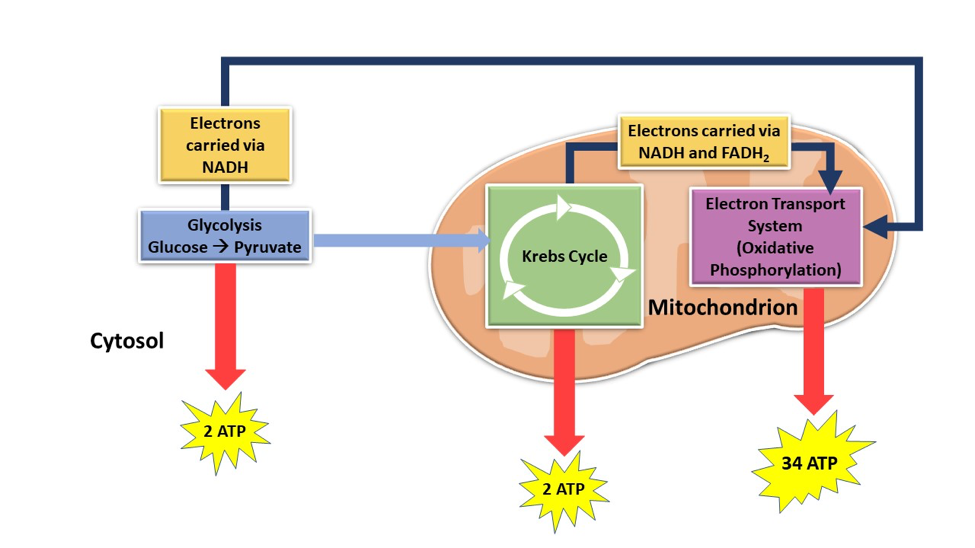Tokyo
The Reason for No Cancer in the Brain/Heart
Cancer does rarely develop in the heart and the brain. Cancer originated in the heart is only about 0.003% in autopsy cases. The number of people to be newly discovered as having brain cancer is yearly about 20 per 100,000 according to U.S. statistics, while the number having gastric carcinogenesis is about 100 per 100,000 in Japan.
One fertilized egg in a mother multiplies to about two trillion in 40 weeks after fertilization. After birth, cell division continues to build the body of a grown-up having 50 to 60 trillion cells. It means that cells of the human body increase 30 times after birth to adulthood.
However, brain cells do not multiply in this process. The brain cells, the number of which is estimated to be about 15 billion, of a newborn baby has a weight of about 400 grams, and those of a grown-up have 1400 grams. In the process of growth, formation of myelin and synapse formation are promoted. Therefore, a 3-year old baby has a brain weight of about 1,100 grams, and a 6-year old has 90% of a brain weight of an adult. Likewise, the heart is mostly made of cross-striated muscle that do not undergo cell division.
As brain cells and heart cells do not undergo cell division, cancer rarely develops there. In these cells, mitochondria are abundant, so that the glycolytic system cannot be dominant in energy producing, although the glycolytic system works to accelerate cell division like in living things two billion years ago before absorption and unification of mitochondria in cells of anaerobes that lived only in the absence of oxygen. Or, since unification of mitochondria into cells of anaerobes, mitochondria have worked to deter cell division under dominance of the glycolytic system, since the mitochondria system produces energy by not relying solely on glucose sugars but also by oxygen.
In deed, 25% of oxygen taken in through breathing is consumed in the brain, although the brain cannot store oxygen and consumes instantly oxygen provided by the lungs (that is why we have to breathe incessantly). However, the brain also consumes 46% of all the glucose sugars consumed in the body. Put simply, the brain works based on oxygen and glucose sugars. Glucose sugars taken out from foods are broken down to pyruvic acids, generating energy in the glycolytic system, creating ATPs, an organic compound and hydrotrope that provides energy to drive many processes in living cells, at the rate of 2 ATP molecules per glucose sugar molecule. But in the mitochondria system, pyruvic acids further go into mitochondria to be oxidized and resolved into CO2, generating H+ (protons) used to creation ATPs at the rate of 36 to 38 ATPs per glucose sugar molecule. Therefore, the mitochondria system produces 18 times more energy than the glycolytic system.

https://chem.libretexts.org/Courses/Saint_Mary%27s_College%2C_Notre_Dame%2C_IN/CHEM_342%3A_Bio-inorganic_Chemistry/Readings/Metals_in_Biological_Systems_(Saint_Mary%27s_College)/Cytochrome_Oxidase
So, mitochondria deters cell division so as not to loose their function through division that will dilute its existence in cells. But, the mitochondria system using oxygen also produces active oxygen that is harmful to cells. Anyway, the brain cells and the heart cells that do not develop cancer use mostly the the mitochondria system.
Yet, cancer cells almost do not use the aerobic mitochondria system but use the anaerobic glycolytic system. It means that cancer cells are imitating primitive cells that were working two billion years ago without the mitochondria system but with the glycolytic system accelerating tendency to cell division. Indeed, the mitochondria system delivers mitotic inhibitors to cells to deter cell division.
As for the heart cells, they are warm at 40 degrees C. Cancer cells die at 42 degrees C or higher. Cancer cells that prefer cool environments do not easily develop in heart cells. And the brain cells can bear the heat up to 41 degrees C.
The brain cells and the heart cells with plenty of mitochondria in the environment warm and full of oxygen do not undergo cell division. Conversely, cancer cells prefer cold environment with less oxygen, repeating cell division rapidly. And it is characteristic to the glycolytic system.
Therefore, it should not be simply thought that cancer is the result of accumulation of gene abnormality caused in the process of cell division but should be thought that cancer development is work of cells intended to get back to the state of anaerobic primitive cells living in the world in absence of oxygen two billion years ago before unification with mitochondria.
When the human body gets into the sate cold with less oxygen, cells do not rely on the aerobic mitochondria system but the anaerobic glycolytic system to develop cancer. And the state cold with less oxygen is brought by stress on the body and mind (autonomous nerves).
Accordingly, to avoid development of cancer like in the brain and heart cells, we have to avoid stress on the body and mind (autonomous nerves), since stress leads to low temperature and use of less oxygen and eventually to reliance on the glycolytic system that triggers cell division.
Therefor it is encouraged to warm body, like by bathing in hot-spring, and take lots of deep breaths to avoid development of cancer.
**** **** ****
Mark 7 King James Version (KJV)
13 Making the word of God of none effect through your tradition, which ye have delivered: and many such like things do ye.
14 And when he had called all the people unto him, he said unto them, Hearken unto me every one of you, and understand:
15 There is nothing from without a man, that entering into him can defile him: but the things which come out of him, those are they that defile the man.
16 If any man have ears to hear, let him hear.



